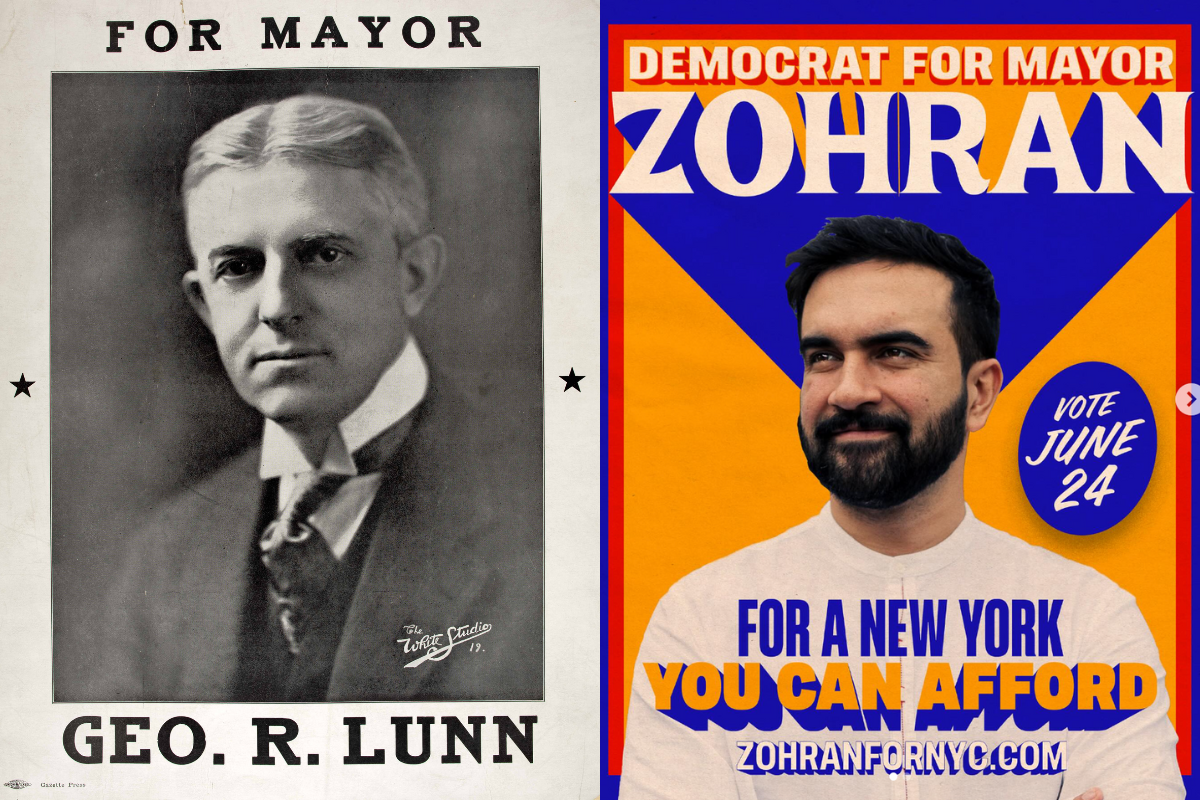
"George Lunn ran for mayor of Schenectady in 1911 on a platform of affordability, proposing city-run grocery stores and public ownership of industries to support the working class."
"The Socialist Party peaked in membership in the United States around 1912, with over 130 Socialist candidates elected as mayors, advocating for better conditions for workers."
"Conditions in Schenectady were strained due to rapid population growth and increased demand from local industries, leading to an affordability crisis and monopolies on essential goods."
"Professor Andrew Morris indicates that while history doesn't repeat, it often rhymes, suggesting current political movements echo early 20th-century socialist campaigns."
George Lunn, a preacher and socialist, ran for mayor of Schenectady in 1911, promoting affordability and public ownership. The Socialist Party peaked in membership in 1912, influencing over 130 mayoral elections. Schenectady experienced rapid population growth due to immigration and local industry demands, resulting in strained infrastructure and a rising affordability crisis. Local monopolies on essential services exacerbated the situation, prompting new voters to support Lunn's platform. Professor Andrew Morris notes parallels between Lunn's alliance of working and middle-class voters and contemporary candidates like Zohran Mamdani.
Read at Hell Gate
Unable to calculate read time
Collection
[
|
...
]